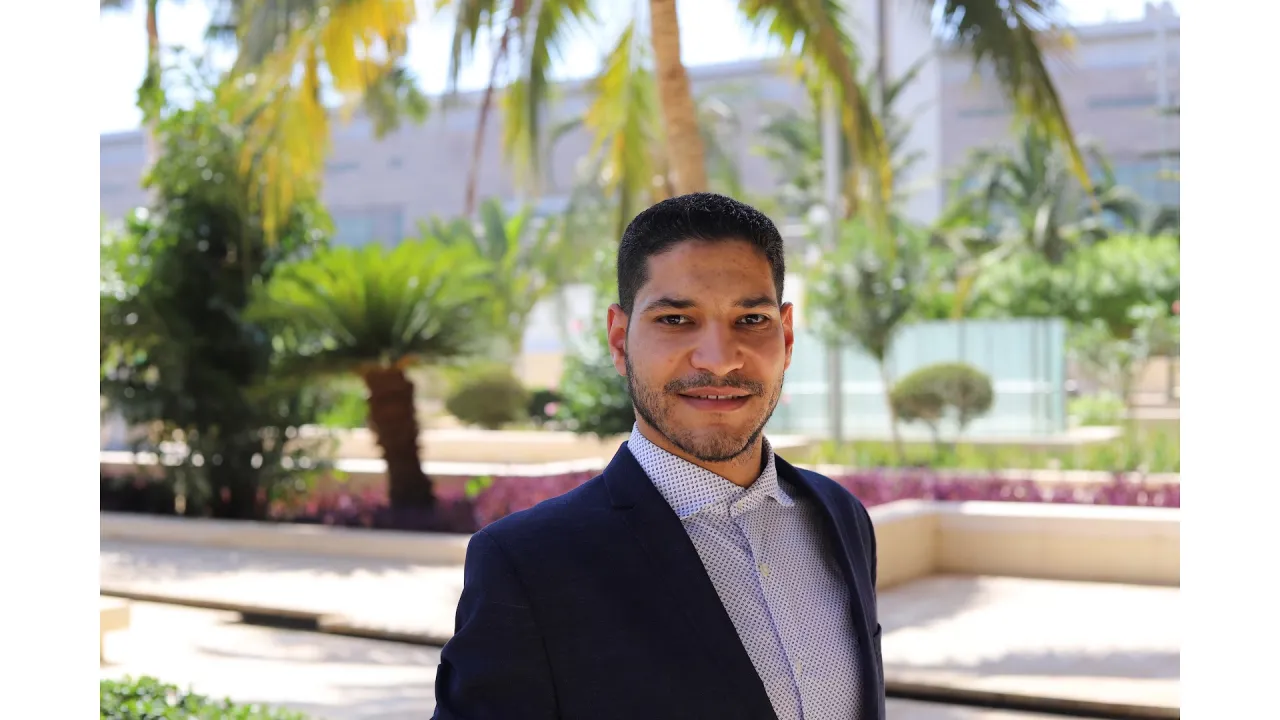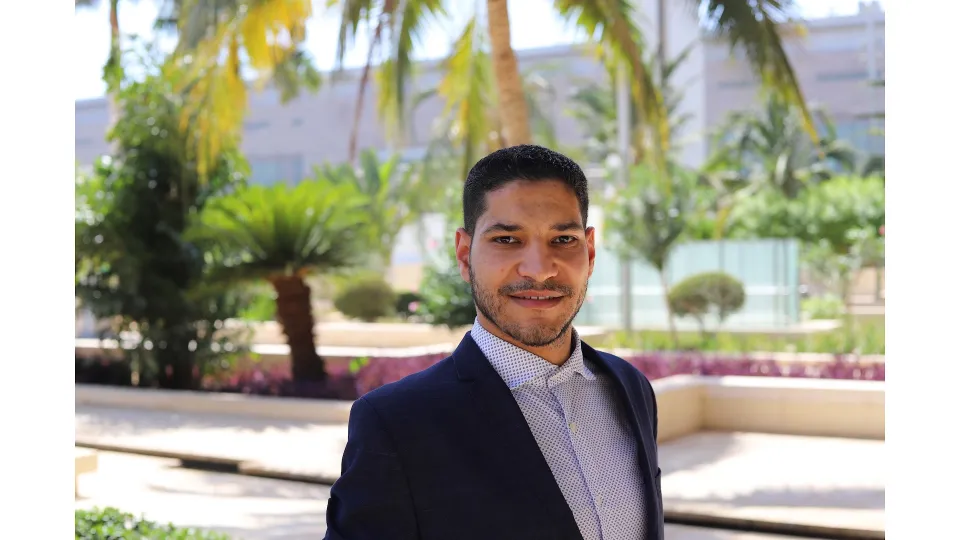
KAUST Ph.D. student among top talents nominated for prestigious Falling Walls award
KAUST Ph.D. student, Khalil Youssef Moussi, was recently selected as a top ten winner in The Falling Walls Remote 2020: “Emerging Talents” Category. On Monday, November 9, Moussi’s project, "Breaking The Wall of Coronary Artery Disease," was presented to an online audience of industry leaders, decision-makers, investors, and international media as part of the Falling Walls and Berlin Science Week: World Science Summit 2020.
About
By David Murphy
KAUST Ph.D. student, Khalil Youssef Moussi, was recently selected as a top ten winner in The Falling Walls Remote 2020: “Emerging Talents” Category. On Monday, November 9, Moussi’s project, "Breaking The Wall of Coronary Artery Disease," was presented to an online audience of industry leaders, decision-makers, investors, and international media as part of the Falling Walls and Berlin Science Week: World Science Summit 2020.
From an original pool of 650 entries, Moussi was among 98 other early-career researchers chosen to present their ground-breaking scientific discoveries in a five-minute video format. Divided into ten science categories, the finalists were then whittled down to the ten eventual winners of the Falling Walls Science Breakthroughs of the Year 2020 award.
“As the winner of the KAUST Falling Walls competition, I qualified to participate in the Falling Walls Berlin, which was later moved online. Being selected among the top ten projects in the Emerging Talents category was truly an honor. And then, to be in the running for the Breakthrough of the Year award was very special; it felt like the world's eyes were watching my presentation and getting to know about our work and KAUST,” he said.
The science behind the breakthrough
Moussi’s Falling Wall Remote 2020 entry was based on a KAUST-designed balloon catheter system to enable localized medicinal delivery into select targeted vessel walls. Designed by the KAUST Sensing, Magnetism and Microsystems (SMM) group, the device is composed of tiny hollow 3D printed microneedles and a commercial balloon catheter. It can also be altered and tailored to accommodate specific sizes, performance requirements, and a wide range of in vivo drug delivery applications.
“Our solution not only has the potential to save lives, but it can revolutionize modern vascular drug delivery,” Moussi emphasized. “When the catheter is guided inside the artery, its biocompatible microneedles are protected inside the balloon folds. When it reaches the affected site, the balloon is inflated, and the microneedles penetrate the artery wall to deliver a therapeutic agent directly to the targeted site—to control and reduce the narrowing that results from atherosclerosis. Finally, when the balloon is deflated, the catheter is retrieved.
“To date, we have done several tests on animal blood vessels. Based on those experiments, we have demonstrated targeted and precise delivery to the vessel wall.”
Dedicated research leads to reliable device
Over the past four years, Moussi has worked night and day on the balloon catheter prototype. In the period of optimizing the results, he has made over one hundred of these devices.
“I optimized and tailored my samples each time until I attained the desired results. I also had countless meetings and discussions with my supervisor, Professor Jürgen Kosel, and our collaborator on this project, the cardiovascular surgeon, Dr. Ali A. Haneef, to manufacture a reliable device.
“There were moments of doubt for sure, but our group showed a high level of resilience and courage. Especially, knowing this reliable solution could contribute to saving millions of lives all over the world. As of now, the SMM group has filled a disclosure form and submitted the invention to the U.S. patent office. We hope, like the majority of the technology we develop, that our cardiovascular system might yet be used for many other life-altering biomedical applications.”
